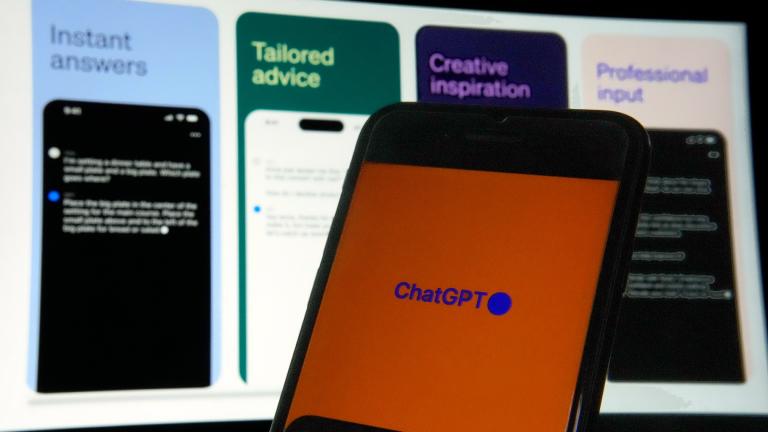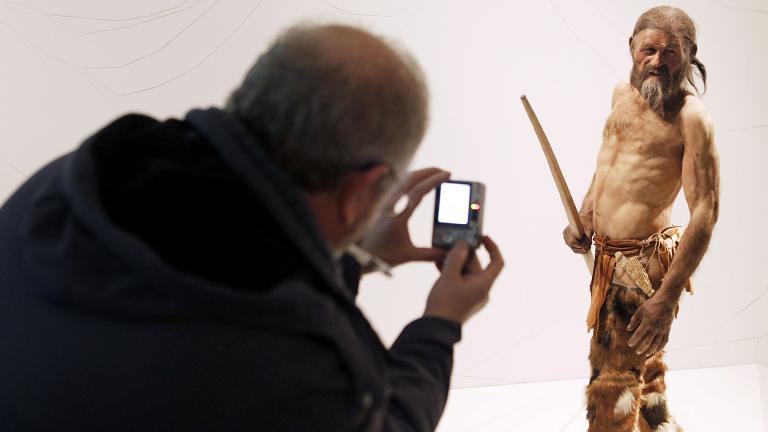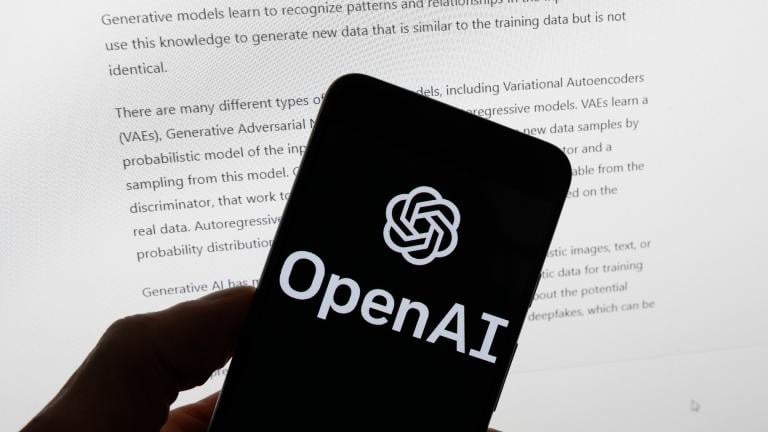College students juggling multiple responsibilities might find a shortcut through artificial intelligence apps like ChatGPT — but there’s concern that that shortcut cheats students out of a learning opportunity.
It’s technology teachers have had to grapple with as ChatGPT has become a flashpoint for some schools.
Nina Wieda, assistant professor of instruction at Northwestern University, has embraced the technology in her classroom. Earlier this year, she noticed her student utilizing it and decided she needed to adjust her teaching to be applicable in the new era.
It’s proved to be a useful tool for students who are overloaded with work, she said. They’ll use it for correspondences or newsletters, she added.
“It’s as naive as attempting to tell people not to use the calculator,” Wieda said. “We need to find other methods of adjusting to this new technology instead of just telling students not to use it.”
But Russell Johnson, assistant director of the undergraduate religious studies program at the University of Chicago, wrote that the rapid development of the technology has led to “something of a crisis in higher education.”
In his eyes, students are cheating themselves by opting to use ChatGPT for writing. It can take away from students learning how to craft an argument or communicate to an audience, he said.
If students are bogged down with work, he said, ChatGPT shouldn’t be the answer. Instead, universities should consider how they can put less on students’ plates.
“The goal is not to overwork students to the point that rather they’re not actually learning,” Johnson said. “The thing is, they’re supposed to be learning.”








